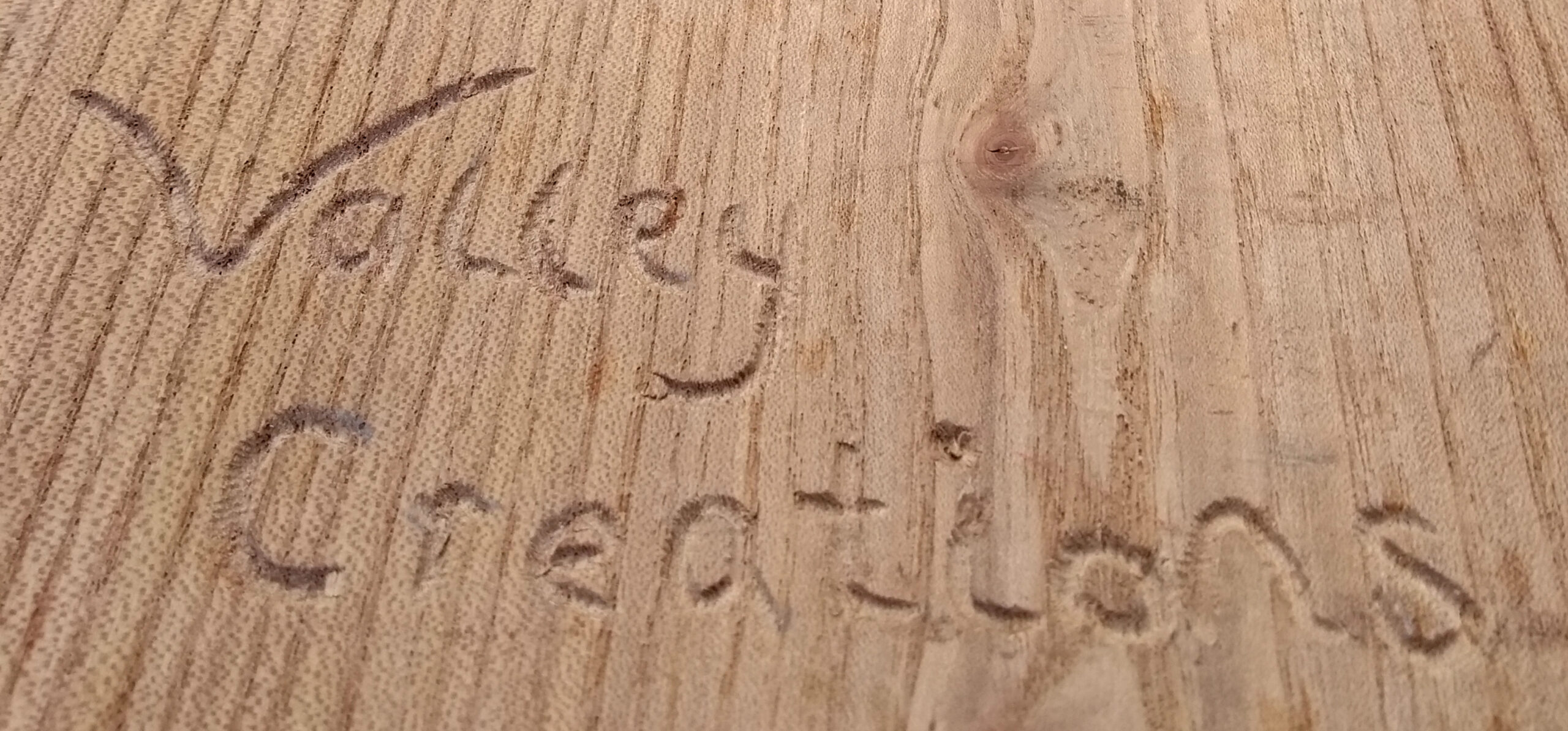This is just a quick note on how my brain seems to have developed in relation to all the experiences I have had. I hope it might add an insight into brains in general and making the best uses of the human ability to see patterns. Who knows, you might start looking around you and begin to see similarities in things you meet every day.
After a number of below the counter jobs, I started work in a supermarket when I was 14. At the time they were generally small and ‘new fangled’.
As I learnt what to do and how to do it efficiently, my curiosity about the inner working of things started me seeing connections. This in turn led to me gaining the confidence of the management, as they realised I could be trusted with more complex tasks or with adapting to working in another store. I started to understand stock management in the shop in both the public and warehouse areas. Unloading deliveries I became aware that some came from a central supermarket warehouse and others from individual companies and that the delivery vehicles had to be loaded so the that the first delivery was at the back. I was getting my first glance into the world of logistics.
After a brief detour into Fine Arts, I was at Technical College studying, amongst other things, Business Studies and Economics. To earn some money, I worked in turn at a global book distribution company, long before Amazon came into being, and then a company that made and serviced domestic appliances and catering equipment. Both of these gave me insights into an extended range of business organisation problems and I started to see similarities in what is called ‘the problem space’.
Over time I came to work on problems including managing manufacturing processes, running libraries, controlling remote machines, connecting information with geographical locations, managing utility supplies, billing, payrolls, planning bus routes and analysing usage, running chemical works, telephone directory systems, scheduling maintenance in all sorts of situations, credit rating, help line management, managing education and training, emergency planning and on and on.
Each of these situations is different but there are many underlying similarities. As time goes by it is possible to develop the habit of seeing past the jargon and detail of any new area or problem to see these underlying patterns and to use them to speedier understanding of possible solutions and techniques. It is important to do this without failing to pay respect to the differences too.
I won’t go into all the technical jargon or theories but I will give you a couple of examples based on what I have already written here.
The first underlying example is a queue. Queues are everywhere. We all have to deal with queues. In the supermarket where I worked, we had to put orders in early enough to get them before we ran out of stock, because of the suppliers delivery queue. On our side we also had to take into account the queue for space in the warehouse, so that customers weren’t tripping over boxes piled in the store. Managing a production line is a queue problem. Managing staff job lists is a queue problem. Traffic management and logistics involve queues. There are queues in nearly all the job areas I mentioned earlier.
Related to the idea of a queue is the pipeline. A pipeline has a flow capacity it can deal with and, once it reaches that capacity, there can only be problems in trying to exceed that capacity. Interestingly we each are a pipeline and we have all been in a situation where we have felt loaded up to and beyond our capacity. In real world problems the pipe is not just a pipe but a complex network of different sized pipes and their individual performance is dependent on the whole. The internet, all the utility supplies we get, delivery companies, service points and road capacities are just some of the pipelines around us. The electric cables in your house are a pipe system and if you exceed the capacities you are likely to have a fire. Even the way a teacher delivers information to a class can be seen as dealing with different capacities to take on information and the teachers capacity to cope with different speeds of delivery.
That last one is intentionally true but slightly eccentric. It is not clear how useful it is to spot the insight into how that aspect of teaching delivery works. As I said earlier, there is a point at which you have to stop yourself getting carried away with underlying patterns.
I started this piece after I was reading about Bitcoin and its relatives and then the BlockChain technique that underlies it. This in turn was related to a whole set of other underlying techniques that is relies on. One of them goes back to a completely different and surprising area – single track railways. When a single track railway has double track ones at either end a solution is needed to stop trains meeting head on. One method of solving this is to have a box at each end that can hold a token. There is only one token and you can’t set off on the single track if you don’t have the token. The driver at one end can pick up the token and then drop it off at the other end. Systems such as this exist for canal tunnels too.
Those of you that are beginning to join the dots will have spotted the problem with the single token solution. I’ll let you work that out for yourselves but will end with the conclusion that looking for patterns and connections, learnt by a mixture of experience and training, can speed up your appreciation of new problem spaces and help you to see possible improvements and potential pitfalls. Good luck
